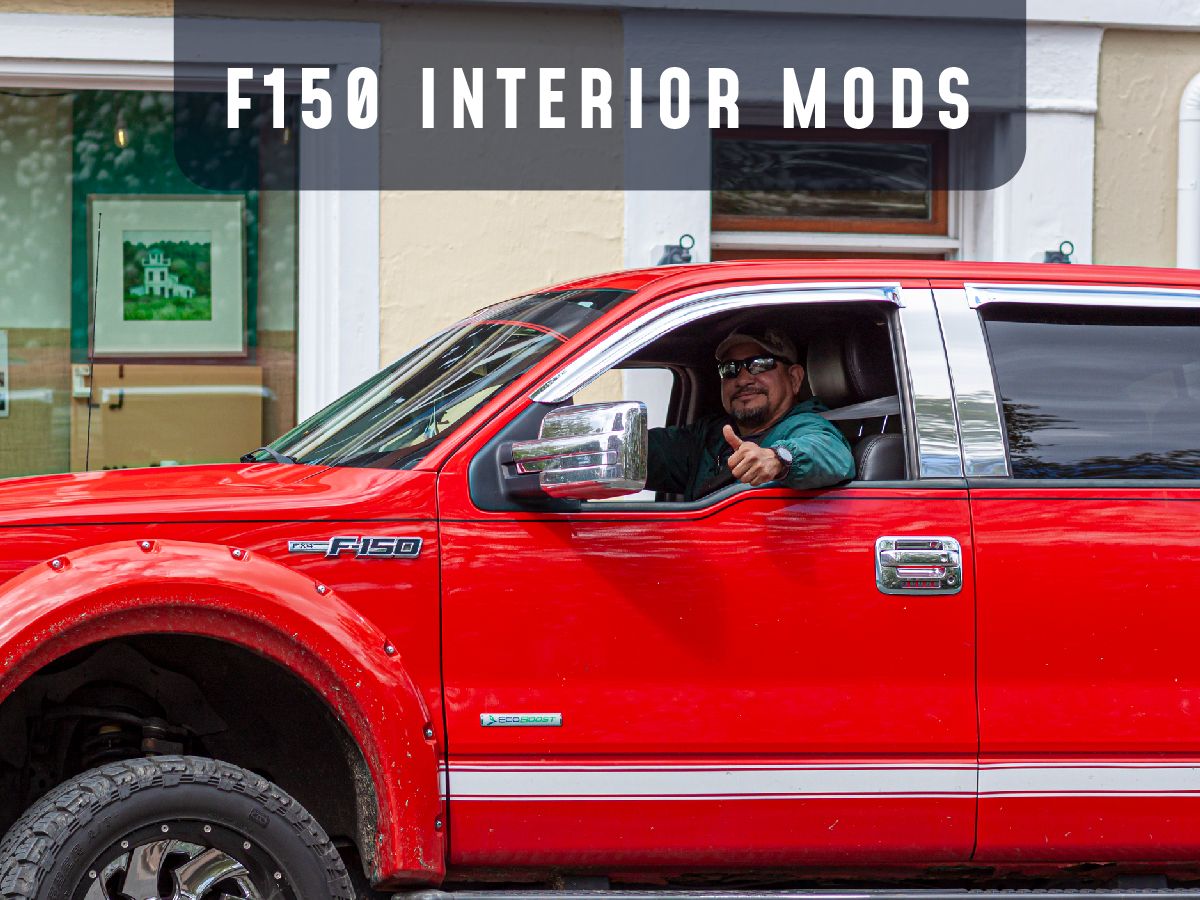There are a number of reasons why you’d need to be looking at a wiring diagram for your Ford F-350. They’re useful, and give you an idea of how power travels through your car. Whether you’re looking to replace a broken camera, add a camera to improve the safety of your vehicle, or looking to replace the factory standard camera or monitor, you may need one.
If you’re reading this, you probably already know that Ford F-350 wiring diagrams can be hard to come by. Usually, the first place to check is in the vehicle's maintenance or service manual.
Wiring diagrams vary by model year, that’s why all our products include in depth instructions and quality customer support based in the USA. This guide is intended as a general introduction to the process.

Gather your Tools
Once you’ve gathered up all the right manuals and guides, you’re going to need the tools and materials necessary to get the job done.
The Right Camera & Monitor from Camera Source
Depending on the reason for installation, you may need a different device. Common reasons for using a wiring diagram include but are not limited to:
- Replacing a broken camera or upgrading to a better camera
- Installing additional cameras to improve safety
- Relocating a factory standard camera to a better position
- Relocating or upgrading the monitor
When in doubt, you can rely on a universal camera! If installation seems like a daunting task, we have wireless cameras too!
Kits
Depending on the model year you’re working with, you may need a different wiring kit. Camera Source has the different types of kits you’ll need. Depending on what you’re trying to do, there are many different levels and pros and cons to the various types of installation. If you’re just looking to replace or repair an existing camera with a manufacturer’s model, we have OEM cameras that will work for just about any model of Ford.
If you’re not looking to go OEM, we have plenty of options for you as well, including:
- Factory Tailgate Cameras - Usually, in newer models of F-350, the backup camera is mounted on the factory tailgate, so starting there is a great place to begin when thinking about a repair or replacement.
- Factory 3rd Brake Light Cameras - 3rd brake lights are often added to a vehicle as a supplement, and they can also be a convenient place to add a backup camera, as they’ll share wiring infrastructure.
- Camper / Utility Bed Cameras - Use camper / utility bed cameras for cab and chassis trucks that did not come with a bed from the factory.
Front & Side Cameras
Front side cameras are another option for setting your F-350 up with the latest in tech. These cameras can give you a dashboard level view (for recording and safety purposes), as well as giving you access to live feeds of other parts of your vehicle, which is often needed for specialty tasks.
- A front grille is a great place for mounting a camera and is often common for front-view cameras.
- Side mirrors can be a useful place to mount a monitor or add cameras above and below for better coverage of the side of the vehicle.
Monitors, Displays, & More
As far as displays are concerned, there are options for using an existing factory display, aftermarket displays, or camera kits that come with their own displays. If you want to unclutter your dashboard, you can switch to a rearview mirror monitor.
Other Tools
Having the right tools is essential to a good installation. Here’s what you’ll need:
- A hand drill with drill bits for drilling metal (preferable high-speed bits coated with titanium oxide)
- Torx set
- Wrench Set
- Safety Goggles
- Flashlights
- Standard wire stripper/crimper
- Torx socket set
- Razor knife
- Socket or nut runner set
- Trim removal tool or small plastic putty knife
- Soldering iron and solder (optional)
- Shrink tube (optional)
How to Install A Backup Camera on A Ford F-350
Instructions will vary based on your vehicle and the type of camera and monitor you're working with. Here are some additional helpful resources if this is a first-time install:
- Beginners’ Guide to Backup Camera Installation
- Powering Your Backup Camera
- Installing a Side View Camera
- Installing Wireless and Wired RV Backup Cameras
- Adding a Backup Camera to an Older Car
Step 1: Run the Wires
- Run the camera and power cable through the hole into the interior of your car. Locate the reverse light wires for your car. This is how to connect a backup camera to the reverse light. Make sure to double-check your owner’s manual to ensure you’ve located the right one.
- Strip the positive and negative wires on your reverse lights (make sure your car is powered off before you do this).
- Using a small screwdriver, separate some of the strands of the stripped wire, and splice in the power cable for your backup camera to them. Usually, you can do this by looping the wires together. This might vary based on the model of your F-350, so make sure to check that wiring diagram.
- Make sure positive is connected to positive and negative is connected to negative. Once you’ve done this, cover everything in electrical tape.
- Connect the RCA cable to the camera’s cable, and run it all from the trunk to the fuse box area at the front of the car. This is usually located to the bottom left of the steering wheel.
- You can conceal the cable underneath the ceiling panels of your vehicle if you want to peel them back, or if you don’t care about aesthetics, just attach it to the ceiling of your truck.
Step 2: Mount the Display
This part of installation varies based on the monitor on the location.
- Are you using the factory monitor in the dash?
- Upgrading to a rear view mirror monitor?
- Or installing a whole new one in the dash of an older car?
Depending on the location, this is where the wiring diagram can be helpful to identify power sources and grounding points.
- Following the mounting instructions that come with the device is your best bet. If all else fails, this backup camera installation guide can be very helpful.
- Connect the RCA cable to the RCA output on the monitor. You may also need to run a trigger wire up to your monitor, or even power it through the same source as the backup camera. (Again models will vary.)
- If the monitor requires it, you’ll likely need to install a fuse tap, which will allow you to connect the bare wiring of your monitor to the power of your fuse box. See the guide linked above for good instructions on how to do this.
Step 3: Mount the Camera
You’re now in the final stages: mounting and testing out the camera itself. You’ve already identified where the camera was previously installed, so now it’s a matter of adding a new mount or simply swapping the camera out. Once you’ve done that, connect the appropriate wires, test out your monitor, and you now should be ready to go.
Get What You Need from Camera Source
Camera Source is your first and last stop for quality backup camera supplies and equipment. No matter the type of vehicle you’re working with, we have what you need to make your next replacement or addition easy. Get in touch with us today, or start browsing products now!








